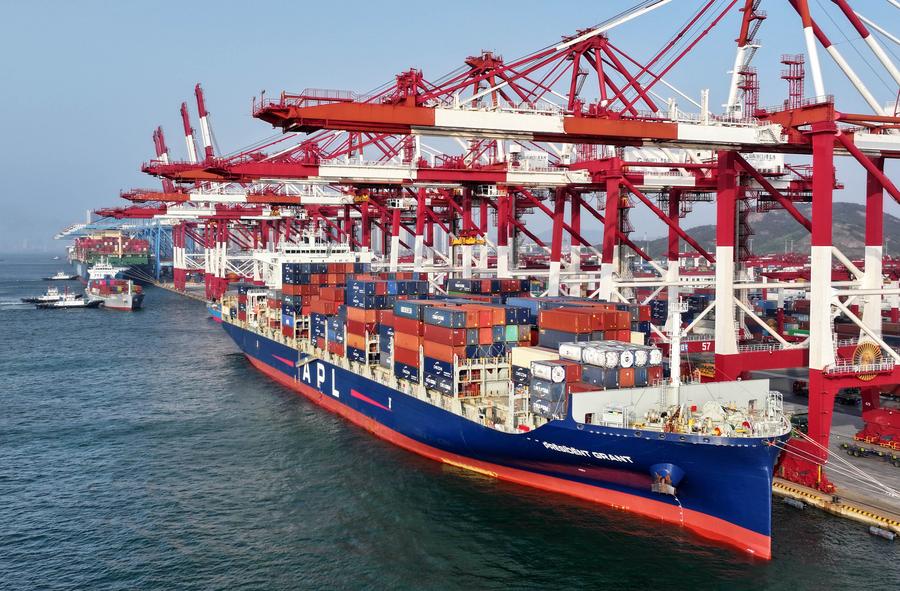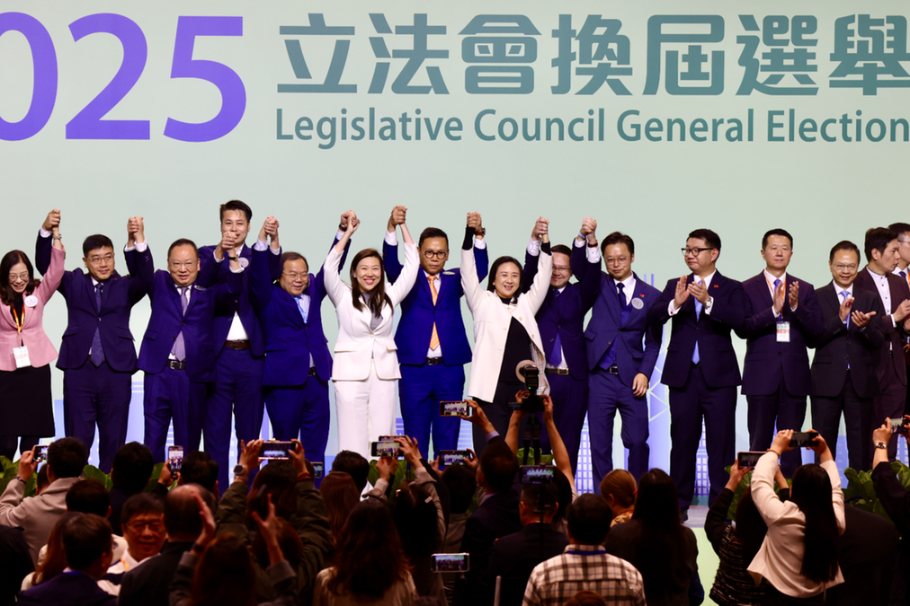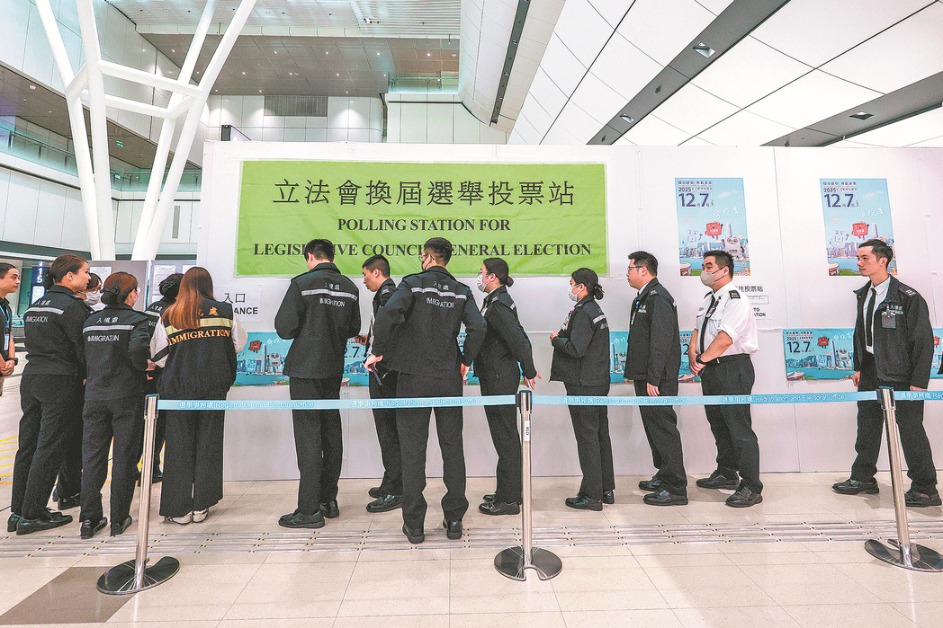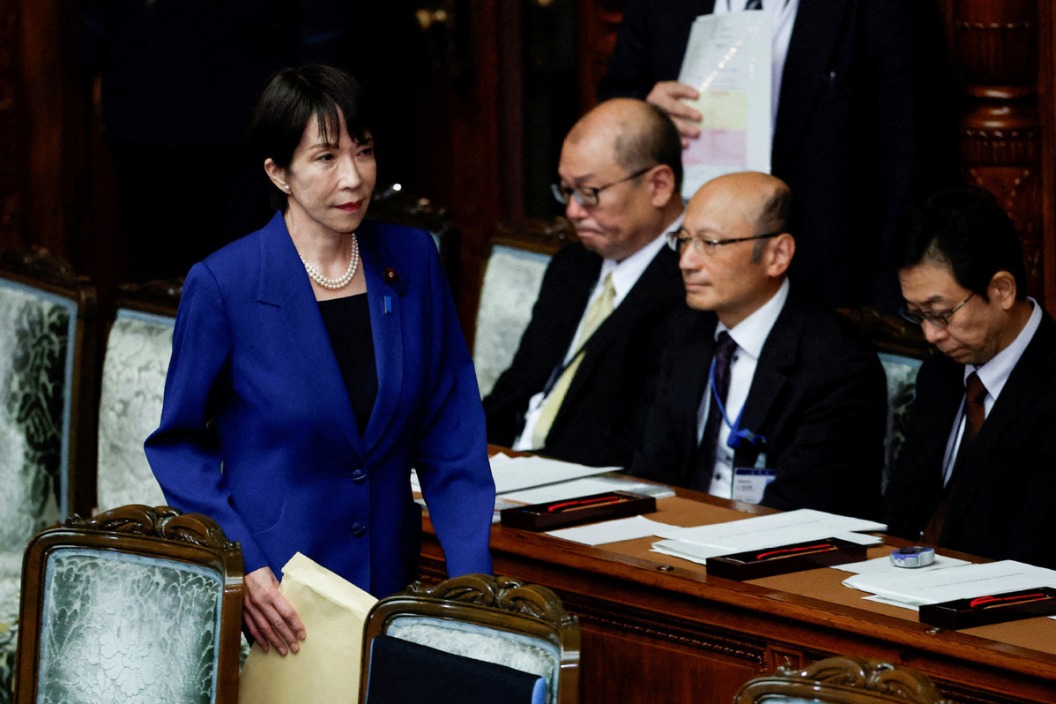'Landmark' free trade deal with ASEAN fosters enduring common prosperity: China Daily editorial


The China-ASEAN Free Trade Area is one of the largest free trade zones in the world, covering a population of more than 2 billion and a combined GDP of over $22 trillion. Since its establishment in 2010, the CAFTA has greatly facilitated trade and investment between China and the 10 members of the Association of Southeast Asian Nations, reducing or eliminating tariffs on over 90 percent of goods.
The upgrade to the CAFTA 3.0 signifies a deeper commitment to regional economic integration and cooperation, which is why the Chinese Commerce Ministry hailed it as representing "a landmark achievement in jointly upholding and advancing free trade" in a statement on Wednesday announcing the full conclusion of negotiations for version 3.0 of the China-ASEAN Free Trade Area. The upgraded CAFTA has nine new chapters, including those on the digital economy, the green economy, supply chain connectivity, standard technical regulations and conformity assessment procedures.
It expands tariff reductions to cover more goods and services, further lowering trade barriers and boosting cross-border commerce; promotes cooperation in emerging sectors such as e-commerce, green technologies, and sustainable infrastructure to align with global trends and shared development goals; strengthens regional supply chains to ensure stability amid global uncertainties, particularly in critical industries such as semiconductors and pharmaceuticals; encourages cultural, educational and tourism exchanges; and provides a framework for post-pandemic recovery through increased market access, investment flows and collaborative projects.
Upgrading their free trade framework is conducive to the two sides widening and deepening regional economic integration.
The completion of the negotiations, which were launched in November 2022 and took nine rounds to complete, has not been easy, as the talks were carried out amid high regional tensions due to some external forces' divisive attempts, and against strong protectionist headwinds.
That the two sides were able to overcome these difficulties and conclude their negotiations highlights their joint commitment to accelerate their supply chain integration and realize regional self-reliance.
With the upgraded CAFTA, China and ASEAN have countered the efforts to try to drive a wedge between them, injecting greater certainty into the regional economic landscape and global trade. The upgraded embedding of their supply chains in strategic fields will further enhance the region's ability to respond to geopolitical risks.
So it is not just the completion of the negotiations that should capture attention but also the demonstration effect, especially at the moment when world trade is at a crossroads. By continually upgrading their free trade area, China and ASEAN have developed into each other's largest trading partners and important investment partners, bringing tremendous tangible benefits to their peoples and turning the region into the world's most dynamic growth engine.
In the process, they have also consolidated their joint commitment to support economic globalization and multilateralism, and are on way to building a China-ASEAN community with a shared future.
More important, the concluding of the negotiations shows that the two sides bear the bigger picture in mind, and adhere to the principle of resolving their differences through dialogue and negotiations in good faith. In so doing, they are playing a leading and exemplary role for countries, particularly those of the Global South, to adhere to openness, inclusiveness, cooperation and win-win results.
Through the CAFTA 3.0, the two major developing economies will expand mutual opening-up and comprehensively deepen their cooperation in emerging fields and new quality productive forces. This will provide critical institutional guarantees for building a vast China-ASEAN market and ensure sustained momentum for advancing the China-ASEAN community with a shared future, and fostering enduring common prosperity and development.
































